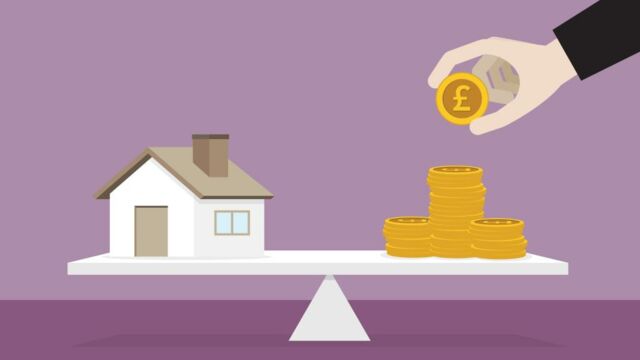As the current tax year draws to a close, here’s a round up of four major changes that households should be aware of for the new financial year.
Discover our latest podcast
Several changes were made back in November’s Autumn Statement, when Jeremy Hunt announced a series of freezes and tax increases and it’s important to be aware of them to make sure payments are correct.
Council tax to increase
Council tax will increase by as much as 5% in some areas, with millions of households affected as the changes come into effect from April.
In 2022-23, local authorities could raise council tax by up to 2.99% without the need for a local referendum but for 2023-24, this is set to increase to 3%, with an additional 2% if they qualify for the social care precept.
The amount you'll pay is determined by the local council, however the government is urging local authorities to act responsibly and consider the impact of any potential rate increase on households.
Capital gains tax allowance will be cut
Capital gains tax (CGT) is charged on any profit you make from selling an asset, such as a second property or valuable possession. From April 6, the CGT allowance will also be cut from £12,300 to £6,000, creating more revenue for the government and squeezing people's finances further.
It was originally frozen at £12,300 until 2026 but that has since changed. The following year, it will go down again, dropping to £3000 in 2024.
Sarah Coles, head of personal finance at Hargreaves Lansdown, explained, as per The Sun:
Capital gains tax is a tax on inflation, and at a time when it’s racing ahead in double digits, investors are facing a triple whammy of blows.
If their investments outside of tax wrappers manage to keep up with inflation, they’ll be taxed on anything over their annual allowance when they sell up, seriously denting their inflation-matching ability.
Read more:
⋙ Thousands urged to claim £200 cash payment before deadline
According to the Office for National Statistics, in the 2021/22 tax year, over 4.5 million people in the UK were paying higher tax rates. Could you be paying too much tax? Find out in @PrivateOfficeHQ's article: https://t.co/Naa4Iblo3k#incometax#tax#personalallowancepic.twitter.com/gmgYm1qQEV
— The Private Office (@PrivateOfficeHQ) February 11, 2023
Dividend allowance slashed in half
A dividend payment can be received if you own shares in a company and used to be tax free up to £2000. However, from 6 April, the dividend allowance will drop to £1,000 and then again to £500 in 2024.
How much tax you'll pay on your dividends above the allowance depends on your income tax band. The rates of dividend tax, however, will remain the same, as per Which?:
Dividend tax rate 2023-24
- Basic rate - 8.75%
- Higher rate - 33.75%
- Additional rate - 39.35%
Increased tax for higher earners
The freeze on the basic and higher-rate income tax thresholds and personal allowance will be extended to April 2028 in England and Northern Ireland.
The main change to tax bands from this April is for people in the additional rate tax bracket. The threshold for the 45% tax band will drop from £150,000 to £125,140.
The rate change is predicted to bring another quarter of a million more people into the top rate of taxation.
It was recently announced that Welsh taxpayers will pay the same amount of income tax as those in England and Northern Ireland from April 2023. Whilst in Scotland, income tax rates will increase for higher earners. Under current Scottish Budget proposals, the higher rate of tax will rise from 41p to 42p in the pound, and the top rate from 46p to 47p, as per Which?
Read more:
⋙ Thousands have missed energy support payment, here's how you can claim it
Sources used:
- The Sun 'CHECK IT Four tax changes affecting millions of Brits in weeks – check if you’ll be hit with higher bills'
- Which? '6 tax changes to watch out for in 2023'















